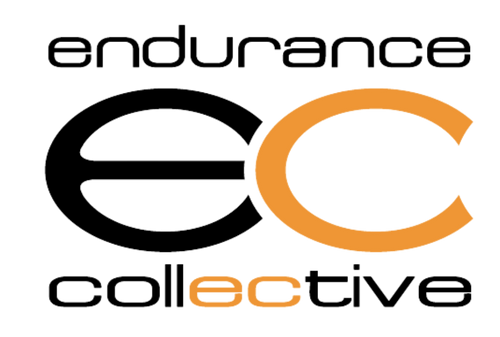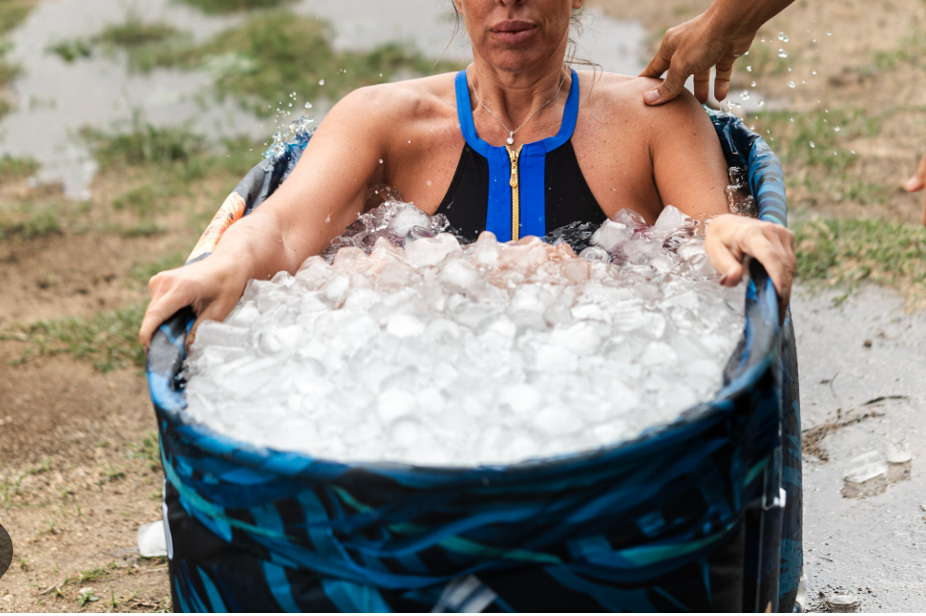Cold Plunging Is Not Recovery: Why It’s Time to Rethink Your Ice Bath Routine
In recent years, cold plunging has exploded in popularity. From elite athletes to wellness influencers, people everywhere are submerging themselves in icy water and touting the benefits: reduced inflammation, mental clarity, increased energy, and improved mood. But the claim that needs a closer look is the idea that cold plunging is a recovery tool.
Let’s be clear, cold exposure can have physiological effects, some beneficial. But calling it “recovery” oversimplifies what actual recovery is and, in some cases, might even hinder your body’s natural healing processes. Here’s why cold plunging is not recovery and what you should be focusing on instead.
1. Cold Plunging Blunts the Adaptive Response
After a tough workout, especially resistance or strength training, your body enters a natural repair mode. This is when your muscles rebuild, get stronger, and adapt to the stress you just placed on them. Introducing cold exposure immediately after training can interfere with this process.
Research shows that cold plunging right after strength training may blunt muscle protein synthesis and reduce long-term strength and hypertrophy gains. In short, if your goal is to get stronger or build muscle, hopping into an ice bath post-lift may actually be counterproductive.
2. Recovery Is a Process, Not a Sensation
Cold plunging makes you feel something. It wakes you up. It sharpens your senses. But that burst of alertness isn’t the same as your body repairing tissue, restoring glycogen, rebalancing hormones, or calming the nervous system — all key elements of true recovery.
Effective recovery happens over hours and days. It involves sleep, nutrition, hydration, active rest, and stress management. You can’t shortcut that with a three-minute ice bath, no matter how “good” it feels in the moment.
3. You’re Not Reducing Inflammation — You’re Delaying It
Many people use cold plunging because it reduces inflammation and soreness. True — in the short term, it does. But inflammation isn’t the enemy. It’s a crucial part of how the body heals and adapts. Blunting that process too early can delay tissue repair or reduce training adaptations.
There’s a difference between managing pain and promoting recovery. Cold plunging is more aligned with pain management or acute symptom relief — not recovery itself.
4. It’s a Tool, Not a Cure-All
That doesn’t mean cold plunging has no place. Used strategically, it can support mental resilience, reduce perceived soreness, and help athletes during periods of high load or competition where performance matters more than adaptation.
But here’s the key: timing and context matter. Use it to help stay fresh between games or as a mental reset, not as your go-to daily recovery protocol.
5. What Real Recovery Looks Like
Instead of chasing the next trend, build a recovery foundation that actually supports your body:
Sleep: The ultimate recovery tool. Aim for 7–9 hours per night.
Nutrition: Eat enough protein and carbs to fuel and repair your body.
Hydration: Muscle function and recovery rely on proper fluid balance.
Active Recovery: Gentle movement increases blood flow and helps flush metabolic byproducts.
Stress Reduction: Breathwork, meditation, or simply unplugging helps restore your nervous system.
Final Thoughts
Cold plunging is flashy, shareable, and feels productive. But don’t confuse stimulus with recovery. If you’re using ice baths to chase adaptation, gain strength, or improve long-term performance, reconsider your strategy. Recovery isn’t what you do to your body — it’s what you allow your body to do.
Respect the process, prioritize the fundamentals, and remember that real recovery is often quieter and warmer than you think.

